| |||||
| Decades: | |||||
|---|---|---|---|---|---|
| See also: | |||||
This article lists events that occurred during 1940 in Estonia.
| |||||
| Decades: | |||||
|---|---|---|---|---|---|
| See also: | |||||
This article lists events that occurred during 1940 in Estonia.

Aili Jõgi was an Estonian schoolgirl who on the night of 8 May 1946, together with her school friend Ageeda Paavel, blew up a Soviet War reburial monument : the preceding monument to the Bronze Soldier in Tallinn. She was born in Tallinn.
The Congress of Estonia was an innovative grassroots parliament established in Estonia in 1990–1992 as a part of the process of regaining of independence from the Soviet Union. It also challenged the power and authority of the pre-existing quasi-parliament in the country, called the Supreme Soviet of the Estonian SSR, which had been imposed on Estonia after the Soviet invasion, occupation and illegal annexation of Estonia in 1940. The Congress of Estonia declared that it represented the highest authority on questions of Estonian statehood and citizenship, deriving this authority from the consent and initiative of the citizens of Estonia. The aim of the Congress was to restore Estonian independence based on the principle of legal continuity, with the pre-1940 Republic of Estonia, which had been established in 1918, as the foundation.
Ülo Jõgi was an Estonian war historian who was active in the Estonian resistance against the Soviet occupation of Estonia.
The June deportation was a mass deportation of tens of thousands of people from the territories which were occupied in 1940–1941: Estonia, Latvia, Lithuania, occupied Ukraine, and occupied Poland, and Moldavia by the Soviet Union.

The Lviv pogroms were the consecutive pogroms and massacres of Jews in June and July 1941 in the city of Lwów in German-occupied Eastern Poland/Western Ukraine. The massacres were perpetrated by Ukrainian nationalists, German death squads (Einsatzgruppen), and urban population from 30 June to 2 July, and from 25 to 29 July, during the German invasion of the Soviet Union. Thousands of Jews were killed both in the pogroms and in the Einsatzgruppen killings.
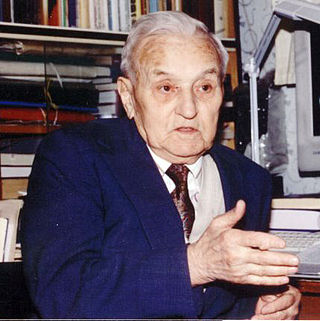
Vasyl Stepanovych Kuk was a Ukrainian nationalist who was the last leader of the Ukrainian Insurgent Army, following the death of Roman Shukhevych. In 1954, he was captured by the USSR KGB troops and spent 6 years in prison without a court sentence.
The Estonian Sovereignty Declaration, fully: Declaration on the Sovereignty of the Estonian SSR, was issued on November 16, 1988 during the Singing Revolution in the Estonian SSR. The declaration asserted Estonia's sovereignty and the supremacy of the Estonian laws over the laws of the Soviet Union. Estonia's parliament also laid claim to the republic's natural resources: land, inland waters, forests, mineral deposits and to the means of industrial production, agriculture, construction, state banks, transportation, municipal services, etc. in the territory of Estonia's borders. November 16 is now celebrated annually as the "Day of Declaration of Sovereignty".
The Estonian Writers Union, is a professional association of Estonian writers and literary critics.

The Estonian Soviet Socialist Republic, also known as the Estonian SSR, Soviet Estonia, or simply Estonia, was a union republic and an ethnically based administrative subdivision of the former Soviet Union (USSR) covering the occupied and annexed territory of Estonia in 1940–1941 and 1944–1991. The Estonian SSR was nominally established to replace the until then independent Republic of Estonia on 21 July 1940, a month after the 16–17 June 1940 Soviet military invasion and occupation of the country during World War II. After the installation of a Stalinist government which, backed by the occupying Soviet Red Army, declared Estonia a Soviet constituency, the Estonian SSR was subsequently incorporated into the Soviet Union as a "union republic" on 6 August 1940. Estonia was occupied by Nazi Germany in 1941, and administered as a part of Reichskommissariat Ostland until it was reconquered by the USSR in 1944.
Ülo is an Estonian masculine given name. The feminine form of Ülo is Ülle.
Estonian Restoration of Independence, legally defined as the Restoration of the Republic of Estonia, was proclaimed on 20 August 1991. On that day at 23:02 local time, the Supreme Council of the Republic of Estonia, in agreement with the Estonian Committee, declared the illegal Soviet occupation and annexation of the country terminated, and proclaimed the full restoration of the independence of Estonia.

Metsakalmistu is a cemetery in the Pirita district of Tallinn.
Arvo Iho is an Estonian film director, cinematographer, actor and photographer, who has worked in the areas of documentary and drama.
"Estonian Encyclopaedia" is Estonian encyclopaedia which was published in 1985-2007. From 1985 to 1990 its title was "Eesti nõukogude entsüklopeedia" and thereafter its title was "Eesti entsüklopeedia".
Ülo Õun was an Estonian sculptor whose career began in the late 1960s and came to prominence in the 1970s. Õun mainly worked as a portrait and figural sculptor and was known for his works in colored plaster and bronze.
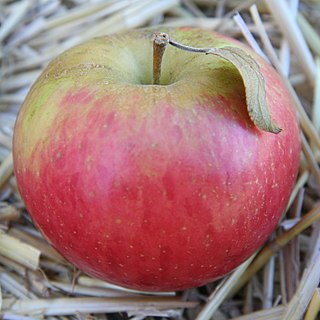
Õun is an Estonian surname meaning "apple". As of 1 January 2020, 292 men and 338 women have the surname Õun in Estonia. Õun ranks 152nd for men and 143rd for women in the distribution of surnames in the country. The surname Õun is the most common in Saare County, where 27.73 per 10,000 inhabitants of the county bear the surname. Notable people bearing the surname Õun include:
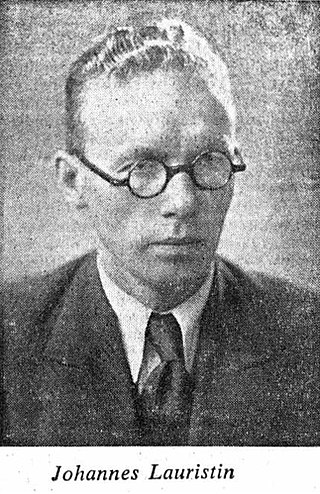
Johannes Lauristin was an Estonian communist politician, activist, writer and statesman who served as the first Chairman of the Council of People's Commissars of the Estonian Soviet Socialist Republic. Hs wife was communist politician Olga Lauristin and his daughter was politician Marju Lauristin.
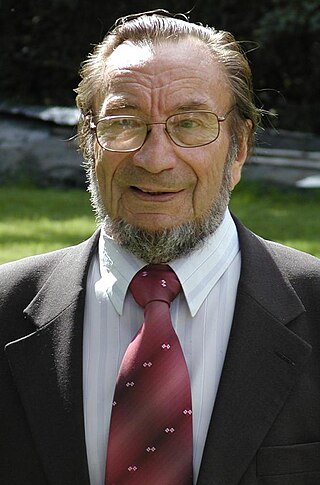
Ülo Tootsen was an Estonian biologist, journalist, publisher, editor, translator, and politician. He was a member of IX Riigikogu, representing the Estonian Centre Party.

Ülo Vilimaa was an Estonian dancer, choreographer, theatre director, and painter.
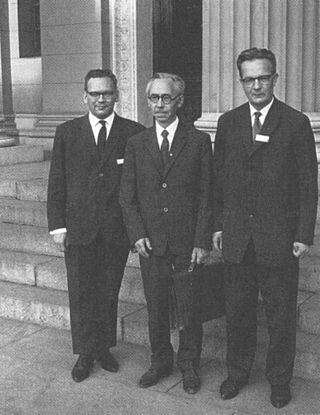
Ülo Tedre was an Estonian folklorist.